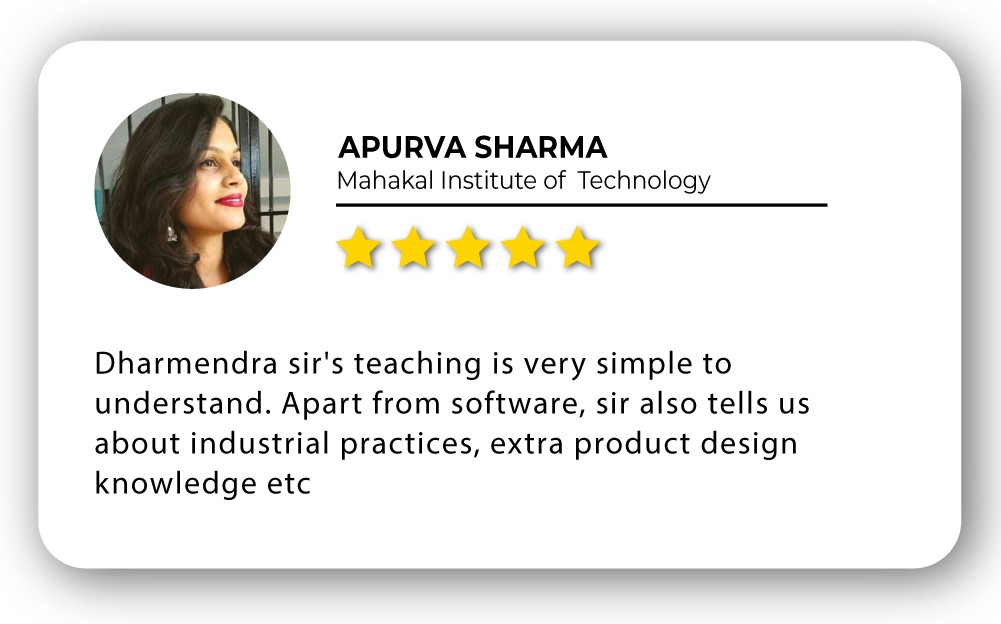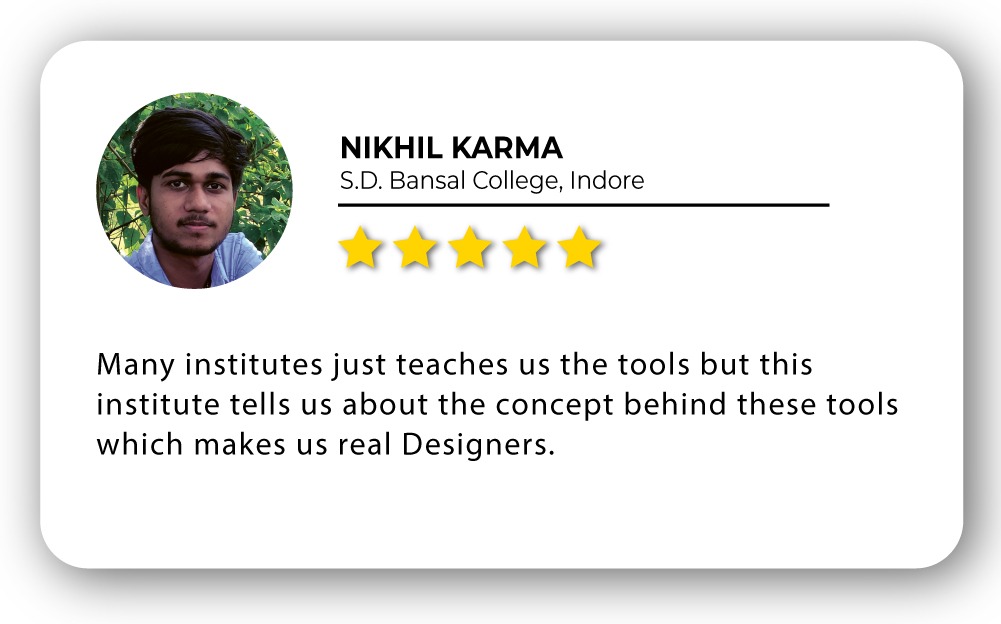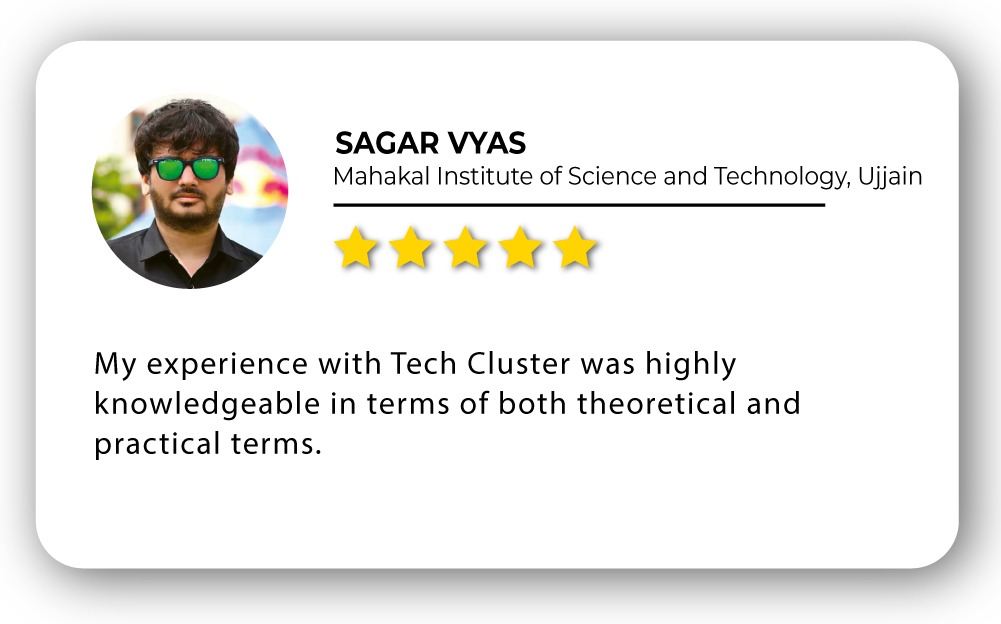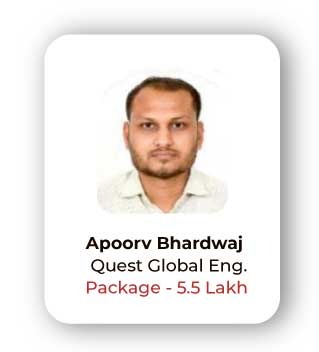
Autodesk Maya for Animation Training in India
- Real-Time Experts Sessions
- LIVE Project
- Certification
- Affordable Fees
- Flexibility
- Placement Support
and VFX production. It offers a complete toolset for 3D modeling, rigging, animation,
dynamics, rendering, and simulation. Artists and studios worldwide use Maya for character
animation, motion graphics, visual effects, and cinematic storytelling.
If you want to master Autodesk Maya for Animation, Tech Cluster in Indore offers
industry-standard training from basic to advanced levels, covering real-time projects and
100% placement assistance.
Applications
Course Highlights:
Autodesk Maya Foundation:
- Introduction to Maya Interface & Navigation
- Understanding 3D Space & Scene Setup
- Modeling for Animation (Basic Character & Props)
- UV Mapping & Texturing Basics
- Introduction to Rigging & Character Setup
- Fundamentals of Keyframe Animation
- Graph Editor & Animation Curves
- Camera Setup & Basic Rendering
Autodesk Maya Advanced :
- Character Animation Principles (Squash & Stretch, Timing, Anticipation, Overlapping
Action) - Facial Expressions & Lip Sync Animation
- Advanced Rigging (IK/FK Setup, Controllers, Constraints)
- Body Mechanics & Walk Cycle Animation
- Run Cycle, Combat & Action Sequences
- Motion Capture Animation & Retargeting
- Physics-Based Animations (Ragdoll, Soft Body, Rigid Body Dynamics)
- Camera Animation for Cinematic Shots
- Rendering & Compositing with Arnold & After Effects
- Character Animation Principles (Squash & Stretch, Timing, Anticipation, Overlapping
Duration :
- 45 Hours Theory
- 25 Hours Practical
- 30 Hours Project work
Technical Features:
Autodesk Maya Foundation:
Introduction to Maya and Animation Basics
The Maya interface and navigation system is designed to provide artists with intuitive control over their 3D scenes. Users can easily move around the scene using viewport controls and hotkeys, allowing for efficient modeling and animation workflows. Understanding the difference between Object Mode and Component Mode is essential, as it lets users switch between manipulating entire objects and editing specific components like vertices, edges, and faces. Basic transformations such as move, scale, and rotate are fundamental tools that enable precise adjustments to objects in 3D space. Additionally, keyframing basics and timeline management are crucial for animators, allowing them to create smooth motion and control the timing of their sequences effectively. This foundational knowledge is key to mastering the Maya environment and building a strong 3D workflow.
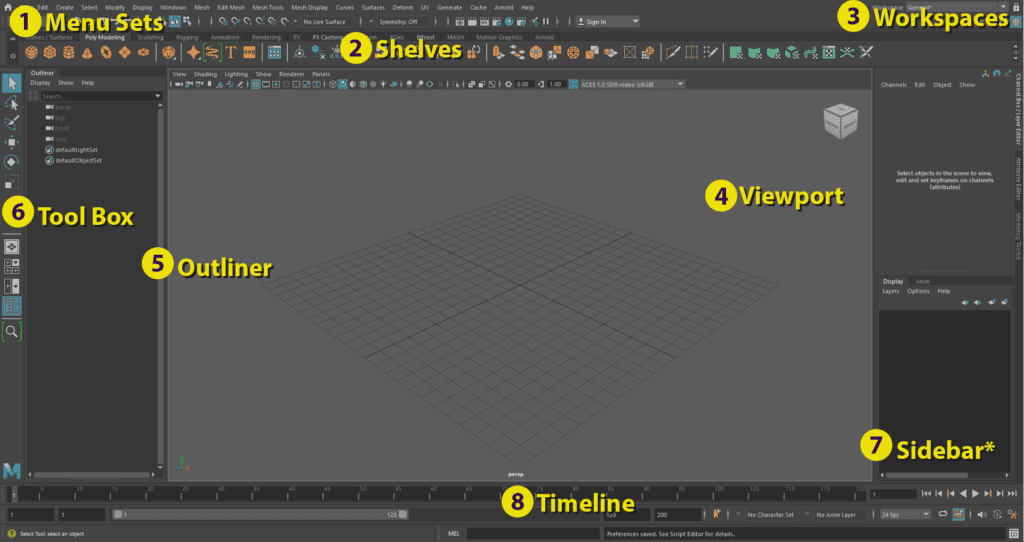
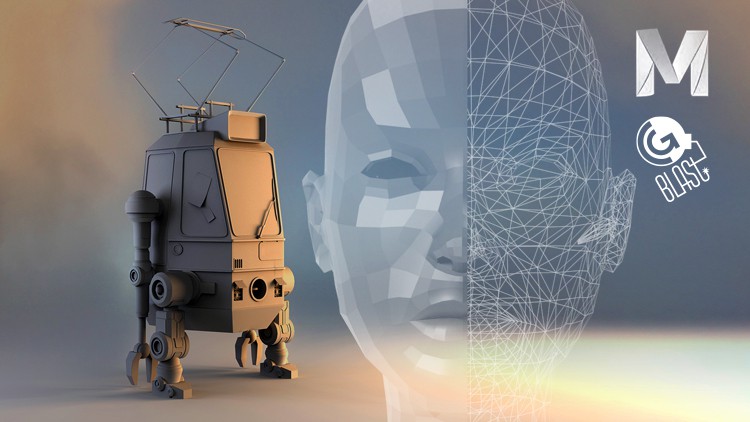
Character & Object Animation
Animating props and simple objects in Maya involves mastering the core principles of animation to bring inanimate elements to life. A solid understanding of timing and spacing is crucial, as these principles define the rhythm and fluidity of motion. Animators often choose between two fundamental approaches: pose-to-pose animation, which involves setting key poses and refining transitions, and straight-ahead animation, where motion is built frame by frame in sequence. Maya’s Graph Editor plays a key role in this process, allowing for precise control over motion curves to smooth out transitions and enhance realism. These techniques are essential for creating believable animations, even with the simplest of objects.
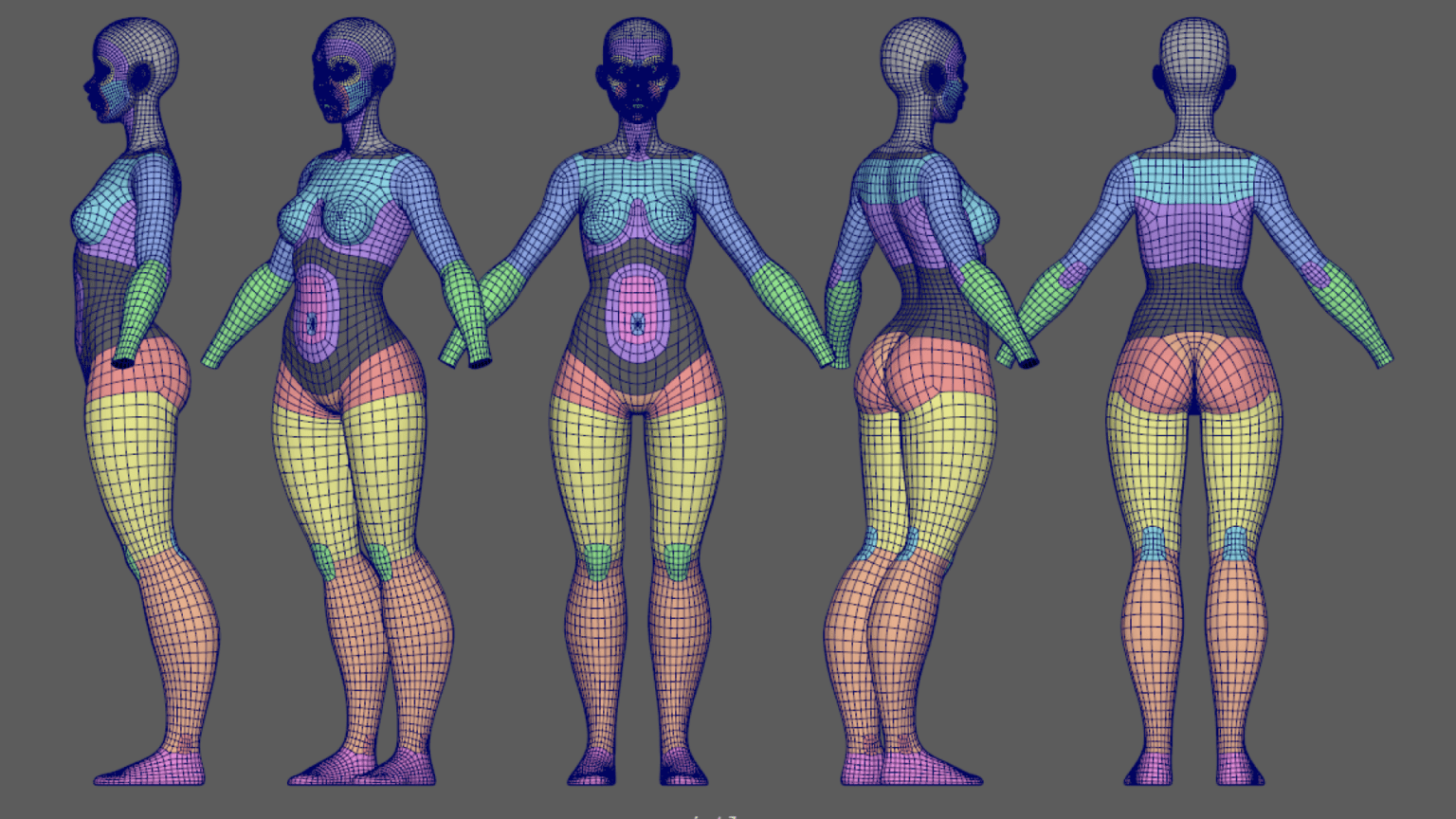

Rigging Essentials
Creating character animation in Maya begins with a basic skeleton setup and careful joint placement, which forms the foundation for realistic movement. Once the skeletal structure is in place, skinning is applied to bind the mesh to the skeleton, followed by weight painting to fine-tune how each joint influences the surrounding geometry. This ensures smooth deformations during animation. Understanding the difference between Inverse Kinematics (IK) and Forward Kinematics (FK) is also essential—IK allows for more intuitive control of limbs (like hands or feet staying planted), while FK is ideal for flowing motions like arm swings or spine bends. Together, these tools form the core of effective character rigging and animation.
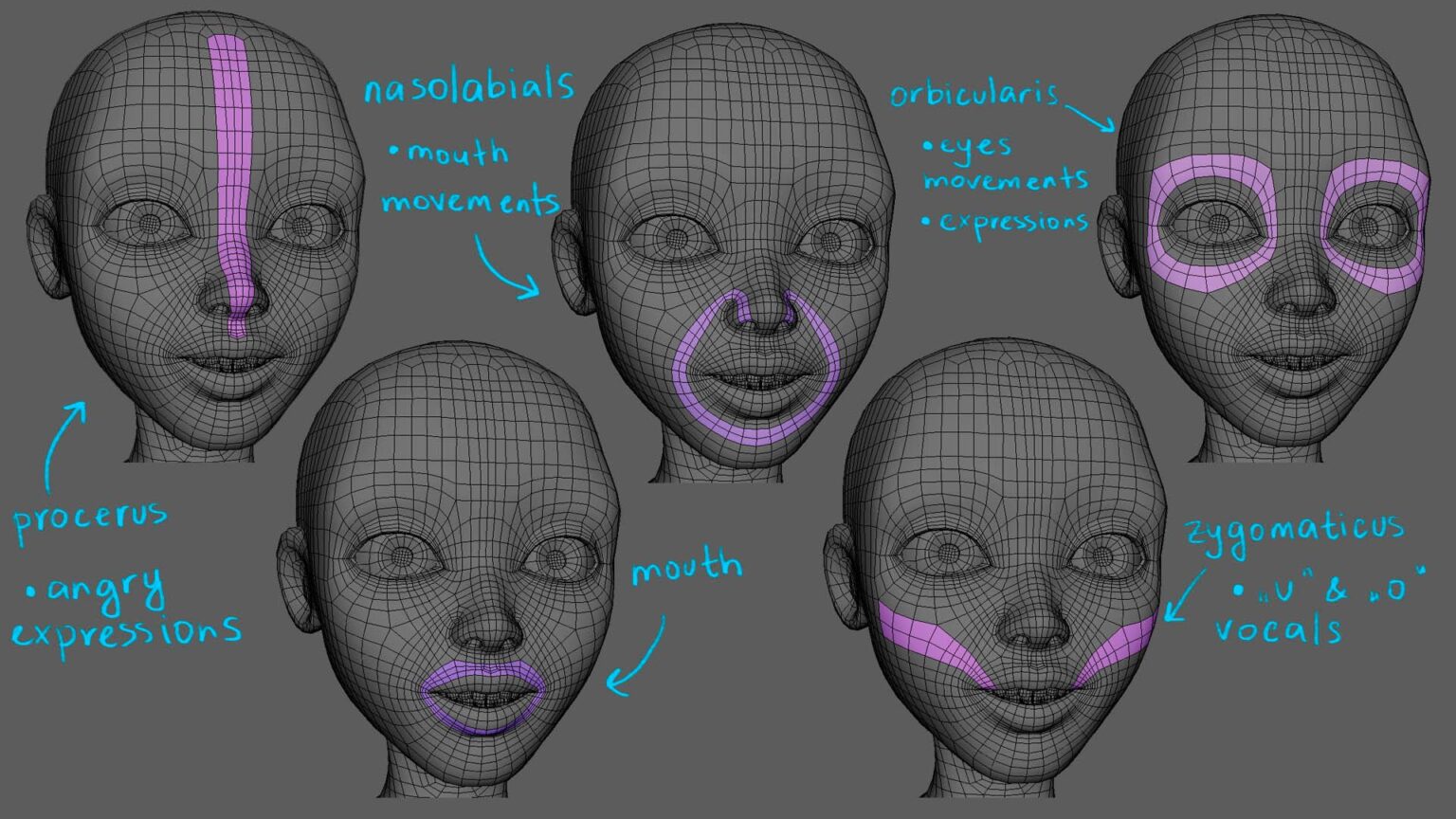
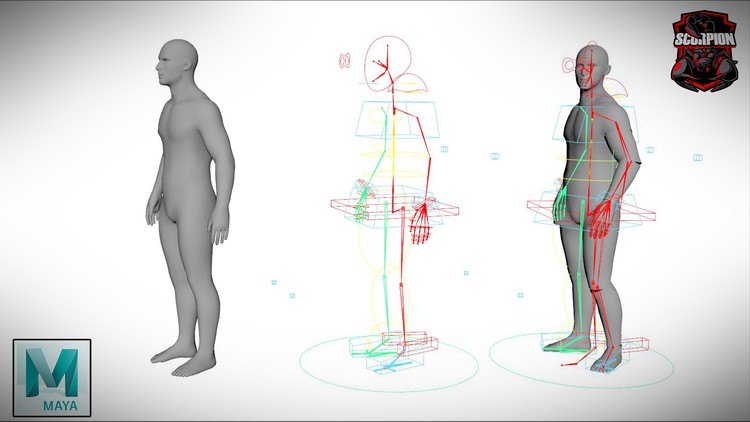
Autodesk Maya Advanced
Advanced Character Animation
Animating believable characters in Maya involves mastering full-body movements and expressive facial performances. A well-executed walk cycle and run cycle demonstrate the animator’s understanding of weight, balance, and timing, which are crucial for lifelike motion. Building on this, advanced body mechanics such as jumping, pushing, lifting, or fighting add dynamic realism, showing how characters interact with physical forces and their environment. Facial animation takes storytelling further by conveying emotions through subtle movements of the eyes, brows, and mouth. Lip sync and dialogue animation integrate voice with expression, aligning mouth shapes with phonemes and adding depth to character performances. These combined techniques result in compelling, emotionally resonant animations for games, films, and cinematic scenes.
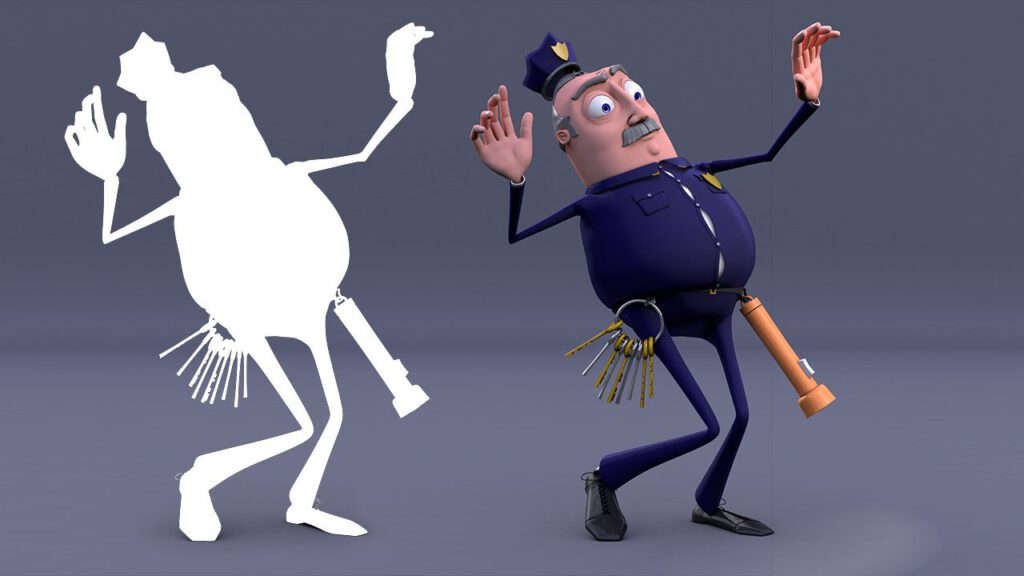
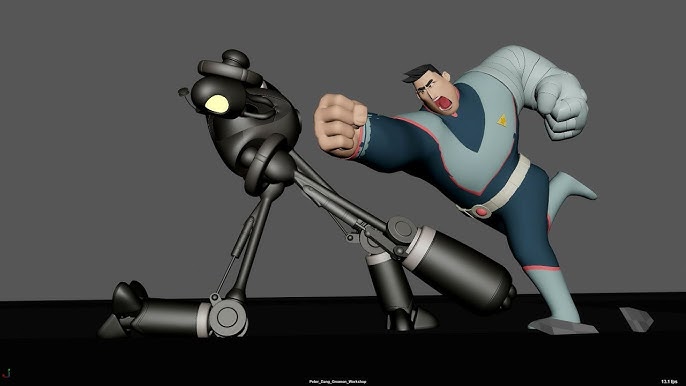
Physics and Simulations
Dynamic animation in Maya harnesses powerful simulation tools like nCloth, nParticles, and Bifrost to bring scenes to life with realism and physics-based motion. Using nCloth, artists can simulate fabric behavior such as clothing, flags, or drapes, reacting naturally to wind, gravity, and collisions. nParticles enable the creation of dynamic effects like rain, smoke, or magical particles, while Bifrost offers advanced fluid simulations for water, fire, and more complex phenomena. Rigid and soft body simulations allow objects to react with realistic weight and deformation, whether it’s a bouncing ball or a collapsing structure. Hair, fur, and cloth simulations further enhance character believability, providing natural secondary motion that adds depth and polish to animated scenes. These dynamic systems are essential for achieving cinematic-quality VFX and immersive game animation.
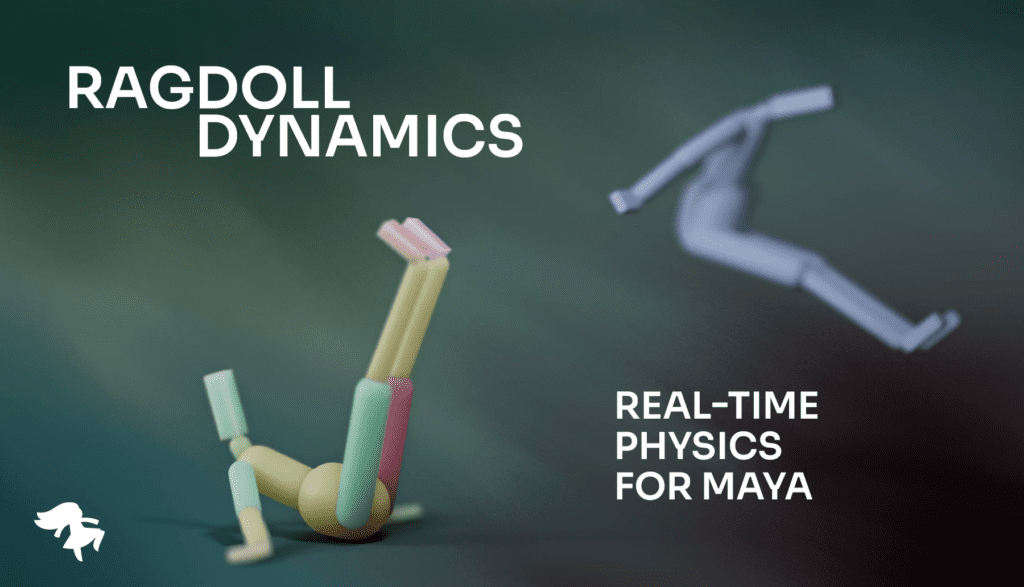
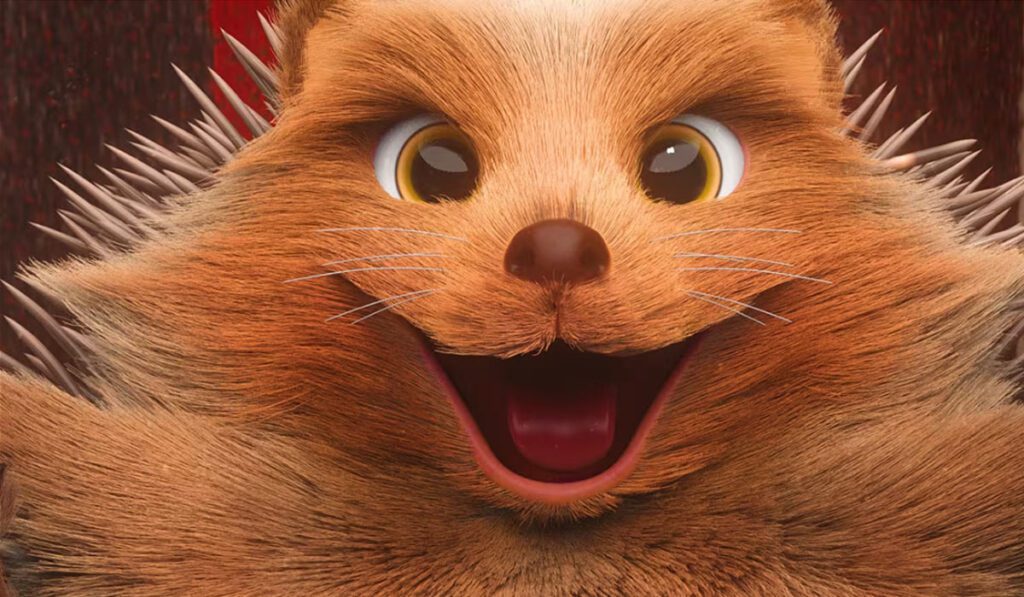
Advanced Rigging and Controls
Creating advanced control rigs in Maya allows animators to manipulate characters with precision and flexibility. Using custom control rigs, you can design intuitive interfaces for animators to control joints, facial features, and mechanical parts. Spline IK is particularly useful for animating flexible structures like spines, tails, or tentacles, offering smooth, curve-based deformation. Stretchy limbs add a cartoony or dynamic feel, enabling arms and legs to extend naturally during exaggerated poses or motions. For facial animation, blend shapes are essential—they allow you to sculpt a variety of expressions and mouth shapes that can be seamlessly interpolated during dialogue or emotive scenes. These techniques collectively empower animators to create expressive, believable, and highly controllable characters suitable for both games and film.
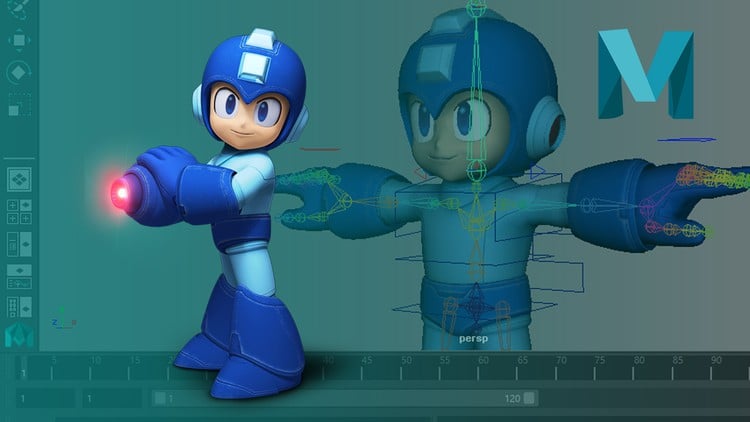
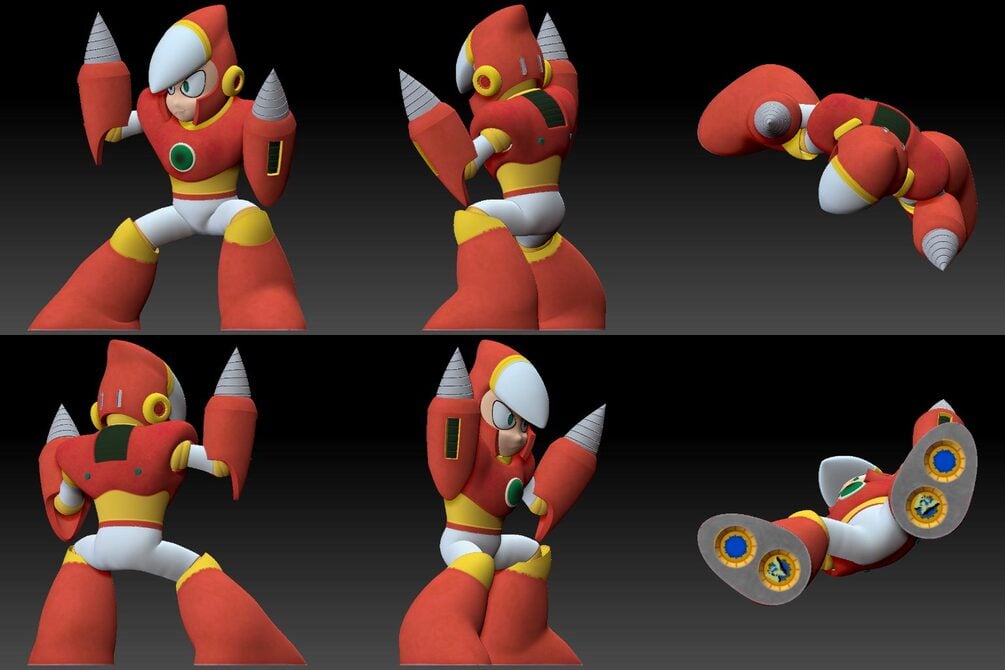
Camera Animation & Rendering
Camera tracking and scene composition are crucial for integrating animated elements into live-action footage or creating compelling cinematic sequences. By using Maya’s camera tools, animators can simulate cinematic camera movements such as pans, zooms, and dolly shots, enhancing the storytelling aspect of their animations. Proper lighting and rendering with Arnold ensures realistic illumination, shadows, and material response, helping bring scenes to life with professional quality. Once the animation is rendered, it can be taken into After Effects for compositing, where additional effects, color grading, and final polish are applied—perfecting the animation for final presentation in film, games, or promotional videos.
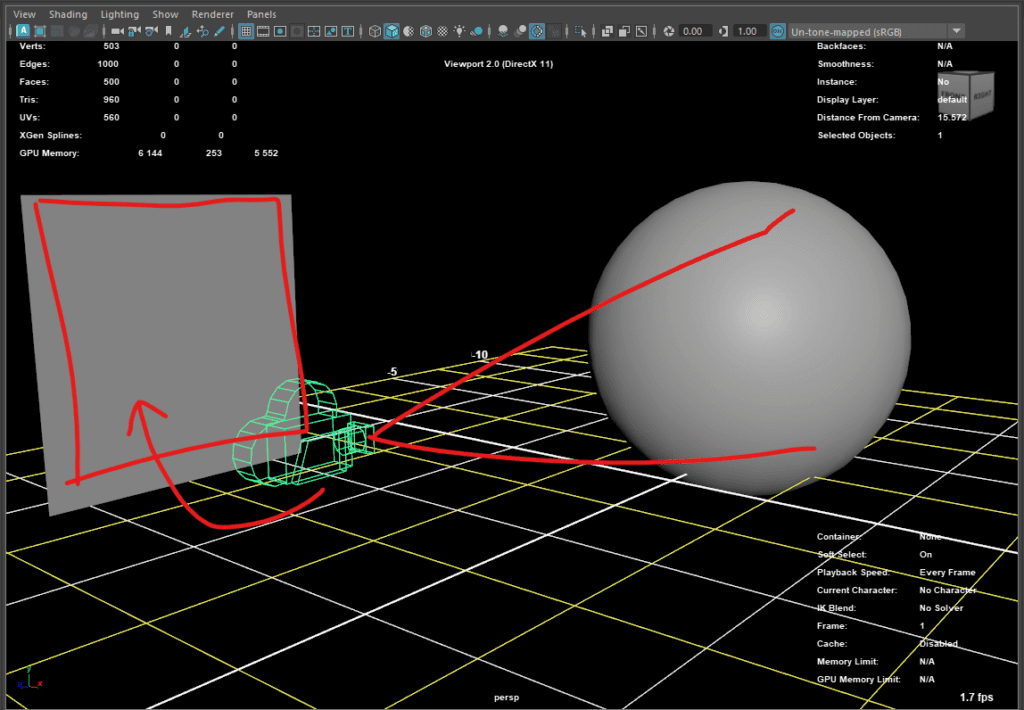
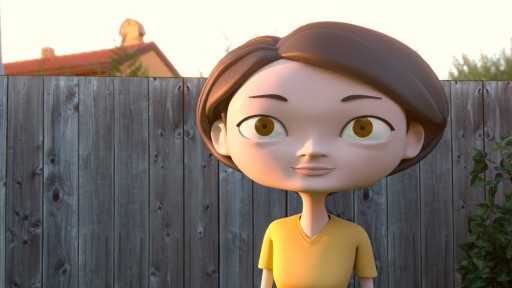
Final Project & Project Development
Animating a short film or character scene involves combining all foundational animation skills into a cohesive storytelling piece. This includes crafting detailed lip sync and emotional expressions, ensuring characters convey believable dialogue and personality. Once the animation is polished, the sequence is rendered with appropriate lighting and camera work, followed by editing the final animation in post-production software. The end result is a professional-quality animated scene ready for portfolio presentation or production use.

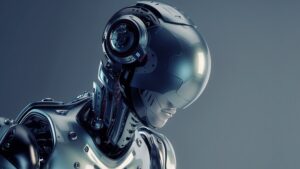
Upcoming Batches
Certifications
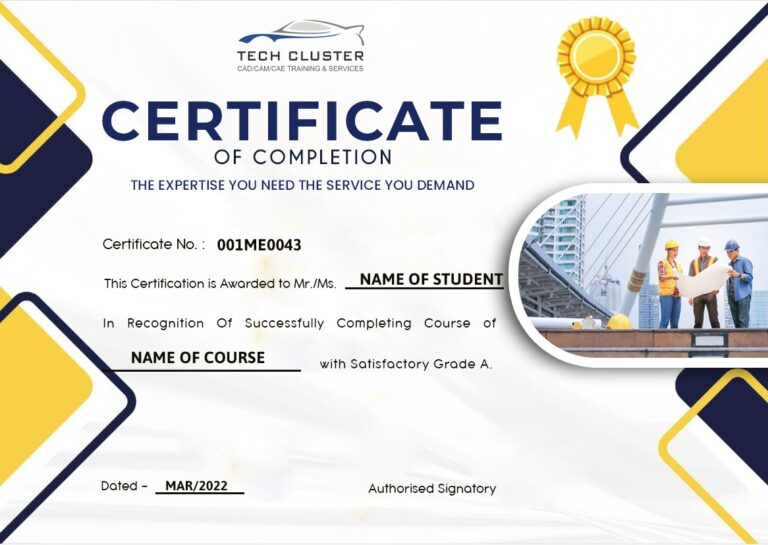
Autodesk Maya Certification Training
About Autodesk Maya Certification Training in Indore at Tech Cluster
Reviews
